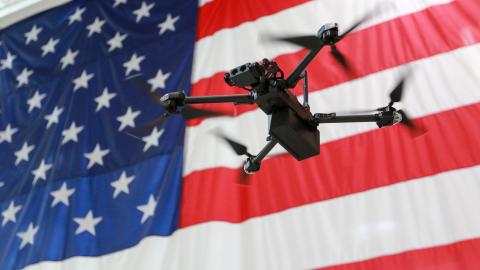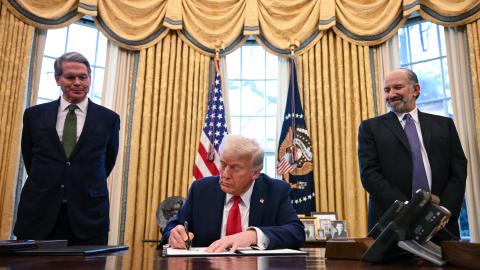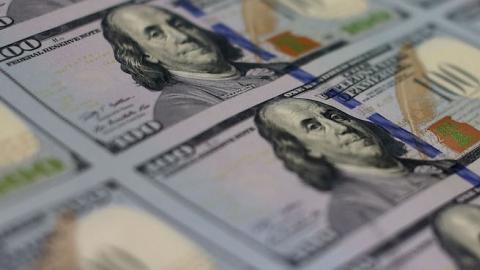The Great Monetary Experiment (GME) has failed. President Obama’s architect-in-chief, Professor Bernanke, promised that his cocktail of quantitative easing, perpetual 2% inflation, and interest rate manipulation would produce a stronger than usual economic recovery from Great Recession. In fact this has been the slowest ever such recovery, especially taking account of the latest revisions down to the GDP data for recent years.
Meanwhile the symptoms of the global asset price inflation disease originating in the GME, made worse by the follow-on monetary experimentation in Japan and Europe, are cause for alarm. The world is most likely in that late phase when speculative temperatures are collapsing in some asset classes yet still rising or temporarily stable at a scorching high level elsewhere. Once booming carry trades are unwinding – most recently and dangerously in the case of China. We know from history of the disease through many episodes that the late phase is followed by a deadly end stage unless economic miracle intervenes.
Little political backlash from monetary failure
The failure of the GME has produced only mild political backlash. The main political theatre does not feature at present loud and articulate demands for comprehensive monetary reform which would eradicate the source of asset price inflation disease. Yes there have been stirrings within the Republican Majority in Congress against the Federal Reserve. But the proposals emerging are so far muddled and in several cases drafted by top ex-officials who served the failed monetary regime. .
The US public surely deserves better. We can think of the “Volcker Revolution” through 1979-82 which ended the Great Keynesian experiment of the 1960s and 70s and introduced albeit fleetingly, a version of monetarism. This revolution – in fact a coup at the Federal Reserve led by President Carter - drew on popular anger against the highest goods and services inflation ever in peacetime.
Asset price inflation, defined by the empowerment of irrational forces in financial markets which distort prices in the infected asset classes and thereby mislead ”the invisible hand”, does not induce popular rage until its end stage. Even then, politicians and central bankers are experts at channelling the anger against those who flourished in the asset price inflation – in particular the financial industry - rather than themselves for having condoned or even instructed the monetary experimentation.
The Republicans could try harder, nonetheless, to make the case for monetary reform. The pity is that their efforts so far lack focus. There are two bills making their slow journey through the House albeit that they face almost certain vetoes from President Obama.
Republican Bills on Fed reform are deeply flawed
The first is the Brady “Sound Dollar Bill” which would abolish the dual mandate (whereby the Fed seeks to achieve two aims – price stability and high employment) in favour of just one aim – price stability. The Brady Bill would also mandate the Fed to take “due account” of asset price inflation. The bill would leave to the Fed the determination of the statistical yardstick for measuring stable prices. That is despite Federal Reserve transcripts revealing that the FOMC in a stealth session chaired by Alan Greenspan in July 1996 where then Governor Janet Yellen was the main presenter decided that henceforth price stability should be interpreted as perpetual “low” inflation (taken as 2% p.a.).
Actually the Fed has been “monitoring asset prices” ever since it opened its doors over 100 years ago. That has not stopped it inflicting repeated episodes of severe asset price inflation disease on the US and global economy. Stamping out that condition requires the clearance of the monetary experimentation swamp. The two guiding principles of monetary reform should be a long-run flat trend of prices (meaning periods of time when prices would fall as well as rise) and a totally free market in interest rates (no fixing or manipulation). All of this requires the recreation of a powerful monetary base aggregate which grows very slowly and pays no interest.
These principles are also absent from the second bill making its way into the Congressional program sponsored by Representative Huizenga. This has been drawn up by an advisory committee including the onetime Bush economic official, Professor Taylor and Chicago Professor John Cochrane. The latter denies the existence of asset price inflation and advocates the Fed tightly guiding short-term rates. Taylor agrees, adding that the Fed should follow his neo-Keynesian rate-fixing rule.
Let’s hope that if a Republican does indeed take occupation of the White House in January 2017 he and his advisors have more sense than to latch on to the Huizenga or the Brady Bill. But here comes the rub. The two potential Republican presidential candidates at the top of the polls – Trump and Bush – are not monetary reformers. They have been big gainers from the asset price inflations created by the Federal Reserve. The chance for monetary reform depends on an alternative candidate (say Governor Walker or Senator Rubio) rallying majority support in the primaries behind a coalition which would give prominence to monetary stability.


















